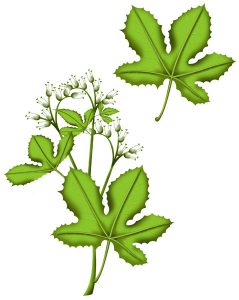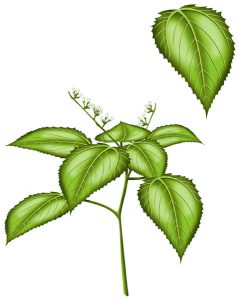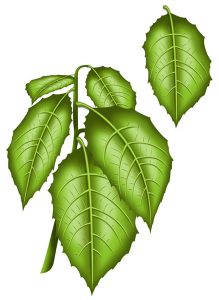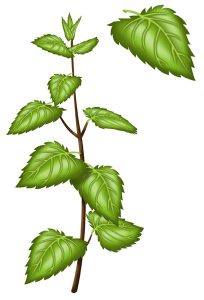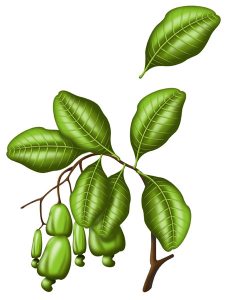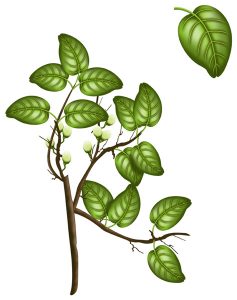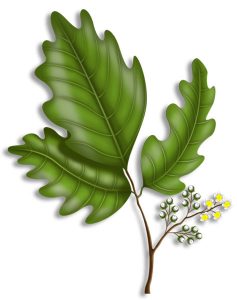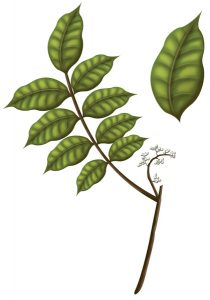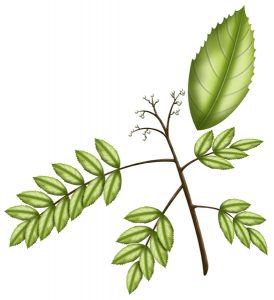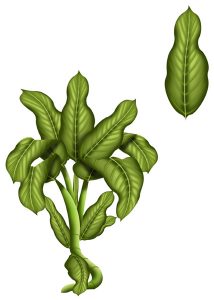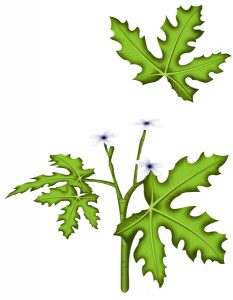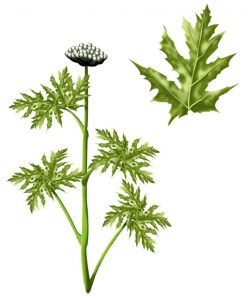Other Poisonous Plants
Stinging SpurgeEffects: Mechanical-chemical through stinging hairs. A slight touch can cause severe burning and pain, often with insensitivity of the affected skin area for a day or longer. Frequently blistering. |
|
Wood NettleEffects: Mechanical-chemical through stinging hairs. After touching the plant burning and itching may occur, including reddening of the skin and perhaps blistering. |
|
Nettle TreeEffects: Severe mechanical-chemical skin irritation through stinging hairs. After slightly touching burning sensation and itching. Later reddening and often blistering. Sleeplessness and fever can occur when extensive areas of the skin are affected. If leaves streak the body, this can already cause severe pain which can last for 24 hours. |
|
Stinging NettleEffects: Mechanical-chemical through stinging hairs. After slightly touching the plant, burning sensation and itching may occur, including reddening of the skin and perhaps blistering. The young leaves are sometimes used as vegetables, the poisonous effect disappears after cooking. |
|
Cashew Nut TreeEffects: Chemically skin-irritating and allergizing. The plant’s sap from bark, leaves and particularly the nutshell can within one day cause painful skin alterations which resemble second-degree burns. This sap is brown and oily and becomes black when exposed to the air. The fumes which emerge from roasting the nuts are skin-irritating and can even lead to blindness. |
|
Black Poison WoodOccurrence: West-Indies, Bahamas, Southern Florida, Yucatan, Belize, Cuba, Jamaica. Frequently found in open areas. Effects: Chemically skin-irritating and allergizing. After contact with the latex 70% of the Europeans develop itching papules a few days later which develop into blisters and remain for several weeks. The smoke of the burning wood is also skin-irritating. |
|
Western Poison Oak / Eastern Poison OakOccurrence: North America, particularly in the east in swampy areas. Effects: Sap from all parts of the plant, particularly from the stem, acts as a phototoxic. When the juice gets on the skin and the skin is then exposed to ultraviolet light (some hours in the sun may be enough), the skin reddens next day, after another day a strong blistering can occur. The skin changes resemble second-degree burns. Often scars or pigment changes remain permanently or last for years. Also poisonous when ingested. |
|
Poison SumacOccurrence: North America, particularly in the east in swampy areas. Effects: Sap from all parts of the plant, particularly from the stem, acts as a phototoxic. When the juice gets on the skin and the skin is then exposed to ultraviolet light (some hours in the sun may be enough), the skin reddens next day, after another day a strong blistering can occur. The skin changes resemble second-degree burns. Often scars or pigment changes remain permanently or last for years. Also poisonous when ingested. |
|
Japanese Lacquer TreeEffects: The sap acts skin-irritating chemically and is allergizing. The dried lacquer is skin-irritating only for very few people. |
|
DieffenbachiaEffects: Mechanical-chemical through calcium oxalate crystals (in connection with other materials) in all parts of this plant, particularly in the stem. Freshly cut parts are very skin irritating. After one day rashes develop. Irreversible skin damage is possible. When brought into the eye, the sap can cause injury of the cornea. All parts are very poisonous when ingested. |
|
Bull NettleOccurrence: South-eastern USA from Virginia south to Florida and Texas. On waysides, fields, and sandy grounds. Description: Height up to 60 cm. The white blossoms appear from the end of March to September. All parts above the ground are covered with stinging hairs. Effects:Mechanical-chemical by stinging hairs. After touching severe burning and itching occurs immediately. Reddening of the skin and perhaps blistering. |
|
Giant HogweedEffects: Sap from all parts of the plant, particularly from the stem, acts as a phototoxic. When the juice gets on the skin and the skin is then exposed to ultraviolet light (some hours in the sun may be enough), the skin reddens next day, after another day a strong blistering can occur. The skin changes resemble second-degree burns. Often scars or pigment changes remain permanently or last for years. Also poisonous when ingested. |

